LAKE BUENA VISTA, Fla., May 7, 2009 – The animal care team from Walt Disney World Resort has been busy since last Mother’s Day, assisting with the births of more than 440 animals and more importantly, helping to ensure that the relationship between mother and child remains uncompromised.
While much focus is given to the expert care of the animals during the birthing process, equal attention is given to the delicate and complex mother-child bonding process which uniquely varies among species and among individual animals.
For example, animal care experts at Disney’s Animal Kingdom were recently monitoring two baby vultures hatched from two different sets of new parents. One pair adapted quickly to their new parenting roles, while the other pair struggled and had difficulty feeding their new offspring. Concerned about malnourishment, the animal husbandry team intervened by providing supplemental food to the smaller bird. Eventually, the struggling parents began copying the behaviors of the adept parents and improved their parenting skills. Their efforts have been successful and today, both young chicks are of equal size.
“Disney’s Animal Programs team constantly balances animals’ physical needs such as food and shelter with the social needs of both mother and child.” said Matt Hohne, animal operations director at Disney’s Animal Kingdom. “By sharing this information with guests and with other researchers, Disney’s Animal Programs hopes to protect species and learn more about breeding, animal behavior, health and natural habitats, which are paramount to the success of long-term conservation efforts.”
Among mammals, nearly all of the primary caregivers are mothers, but in some groups, it may take an entire village to raise a child. For instance, Walt Disney World Resort welcomed a black and white colobus monkey baby – the first of its species born at Disney’s Animal Kingdom. Animal keepers are typically more anxious about the parenting skills of any first-time mother, but this baby continues to thrive under the attentive and watchful eyes of first-time mother, Kabibi. She’s also getting some extra help from three other adults that take turns watching the baby while the mother sleeps or eats.
Last June, second-time mother Moyo gave birth to a 327-pound male elephant calf – the heaviest animal yet to be born at Disney’s Animal Kingdom. During the baby’s first days, mother and son bonded quickly and the animal care team quickly became confident about the calf’s future since nursing was early and successful. Some of that confidence may be attributed to experience. Having groomed and nursed a first-born, Moyo quickly remembered her prior parenting skills.
At Disney’s Animal Kingdom, animal experts carefully monitor the progress of mother and baby, starting with the infant’s eating habits and activity levels. They also closely watch the care-giving habits of the mother to ensure the baby receives appropriate care and grooming. This level of attention is maintained not only during infancy but throughout an animal’s entire lifespan.
Through successful breeding programs, Disney’s animal experts are helping to increase the population of endangered animals such as the Key Largo woodrat and the Micronesian kingfisher. The goal is to eventually reintroduce these captive-born animals in the wild. Such was the case with a pair of endangered white rhinos that were born at Disney’s Animal Kingdom and transferred to a wildlife preserve in Africa. This was the first reintroduction of white rhinos from the United States to Africa and marked the beginning of efforts to re-establish a rhino population — extinct since 1972 when white rhinos were a casualty of civil unrest in the region.
This commitment to animals reaches beyond the boundaries of Disney theme parks through the Disney Worldwide Conservation Fund, (DWCF). Since establishment in 1995, the DWCF has donated $13.8 million in funding to 750 projects in 110 countries. One of the current projects is a gorilla rescue center in the Democratic Republic of Congo where animal experts are working to rehabilitate and reintroduce orphaned gorillas that lost both parents due to poaching and other illegal activities.

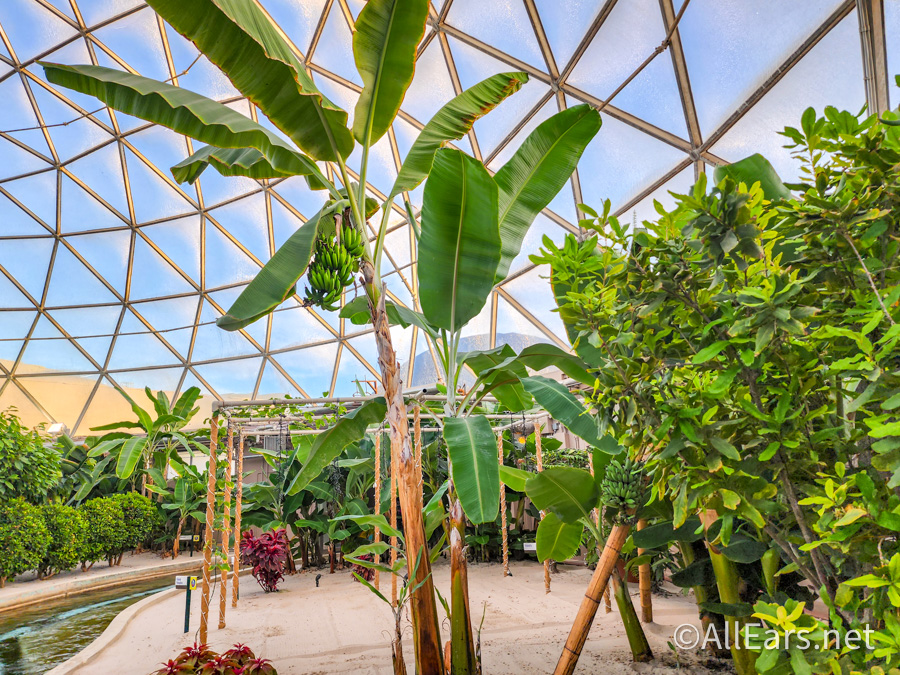
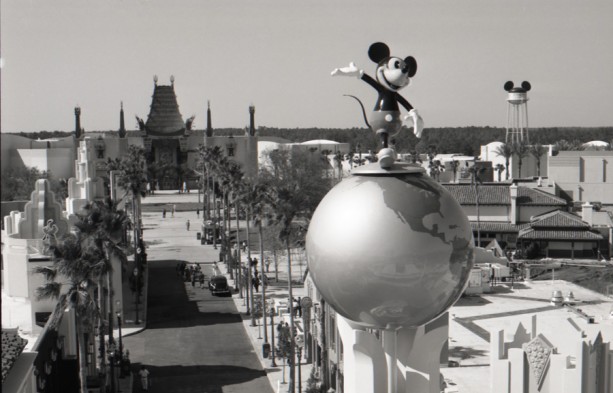




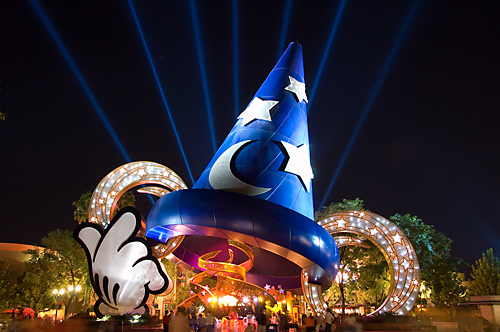
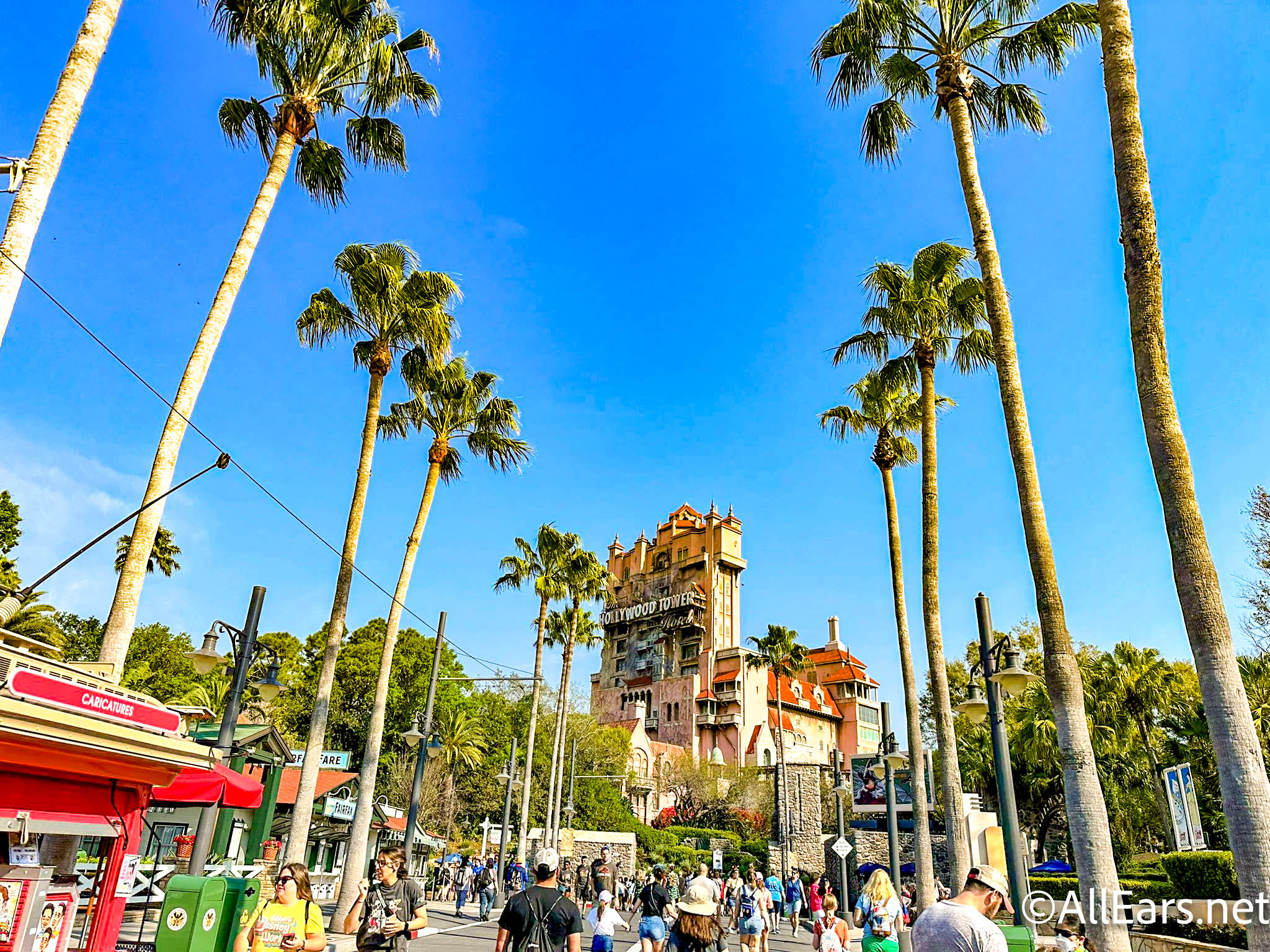
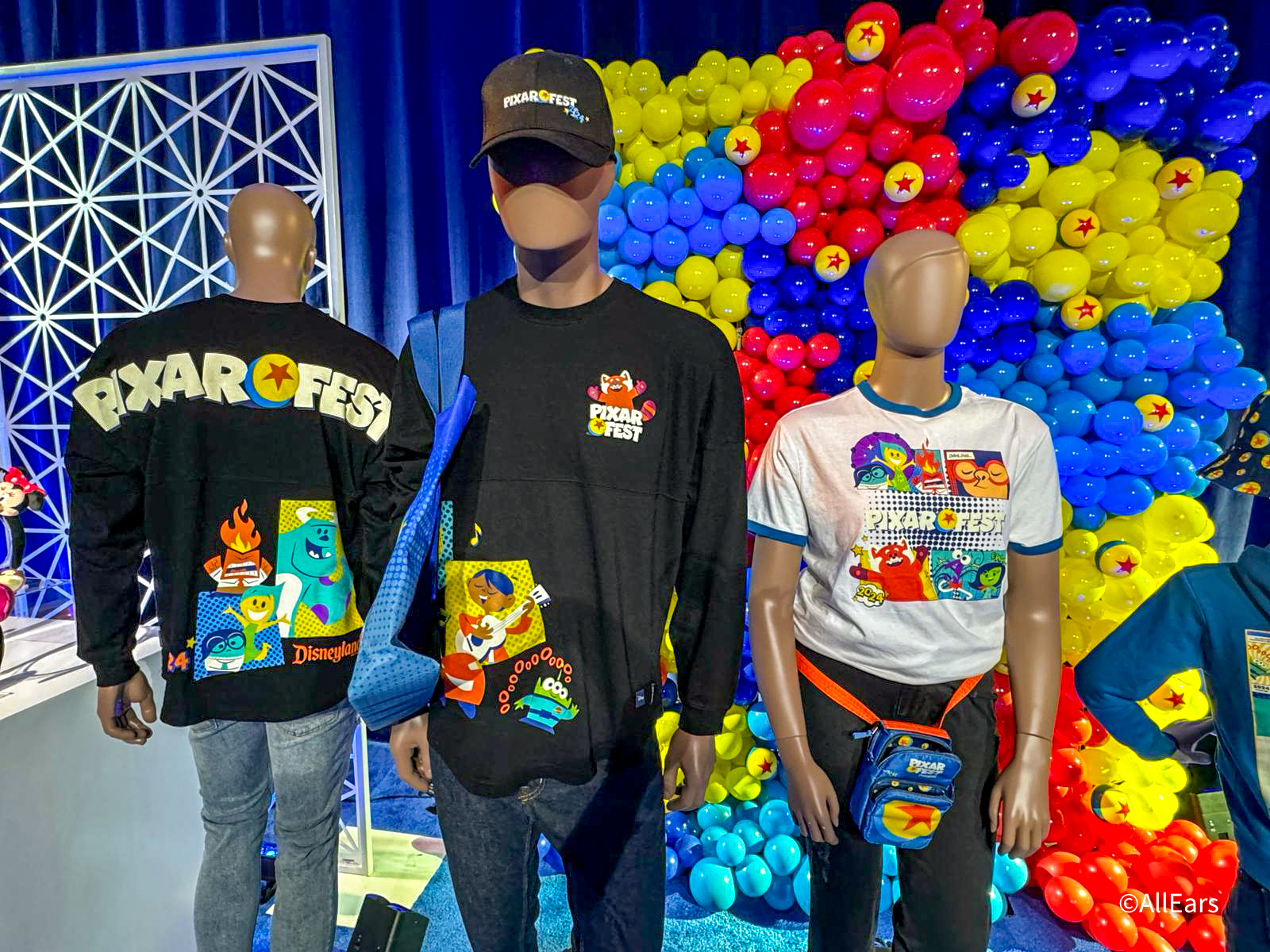

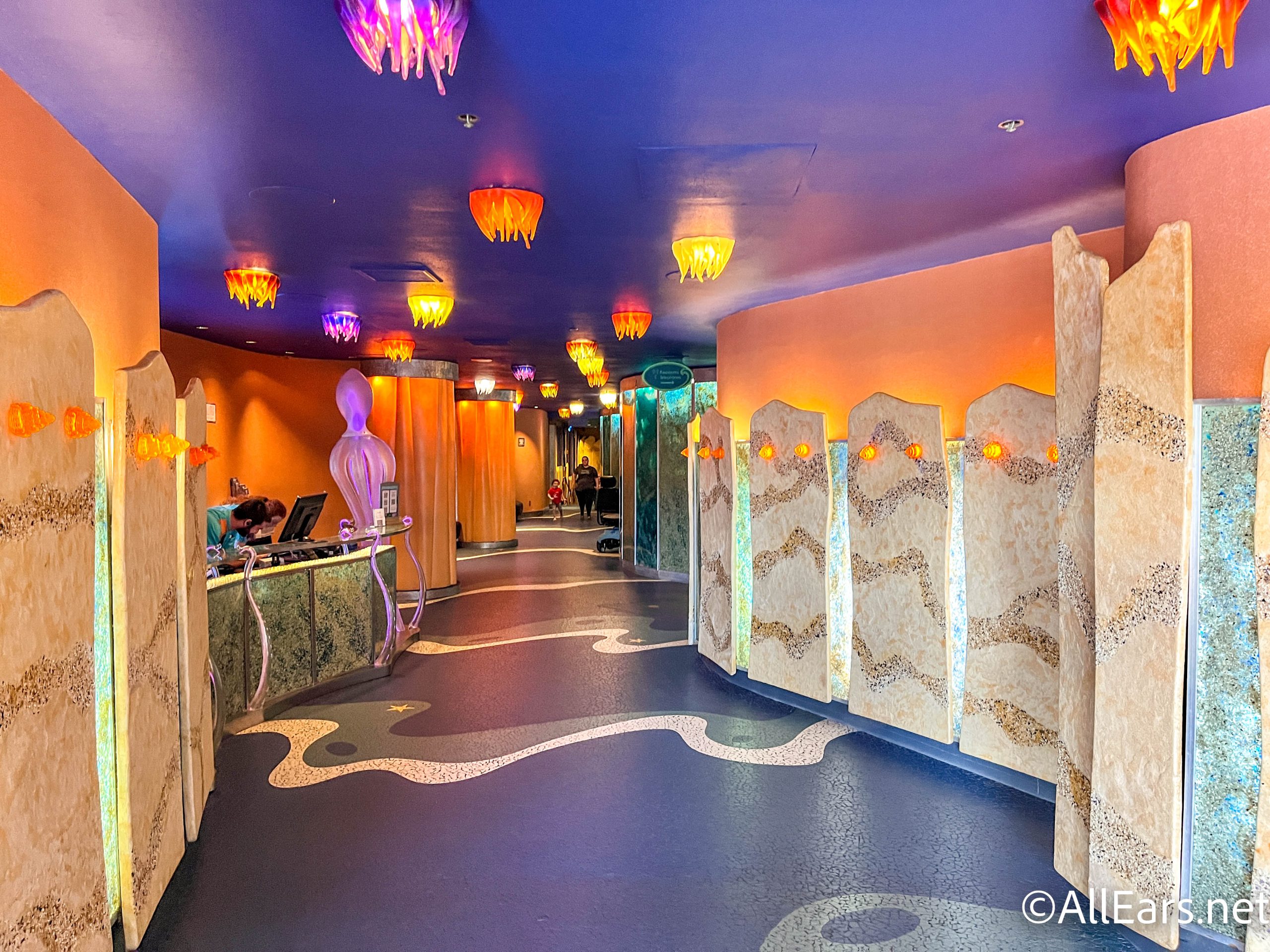


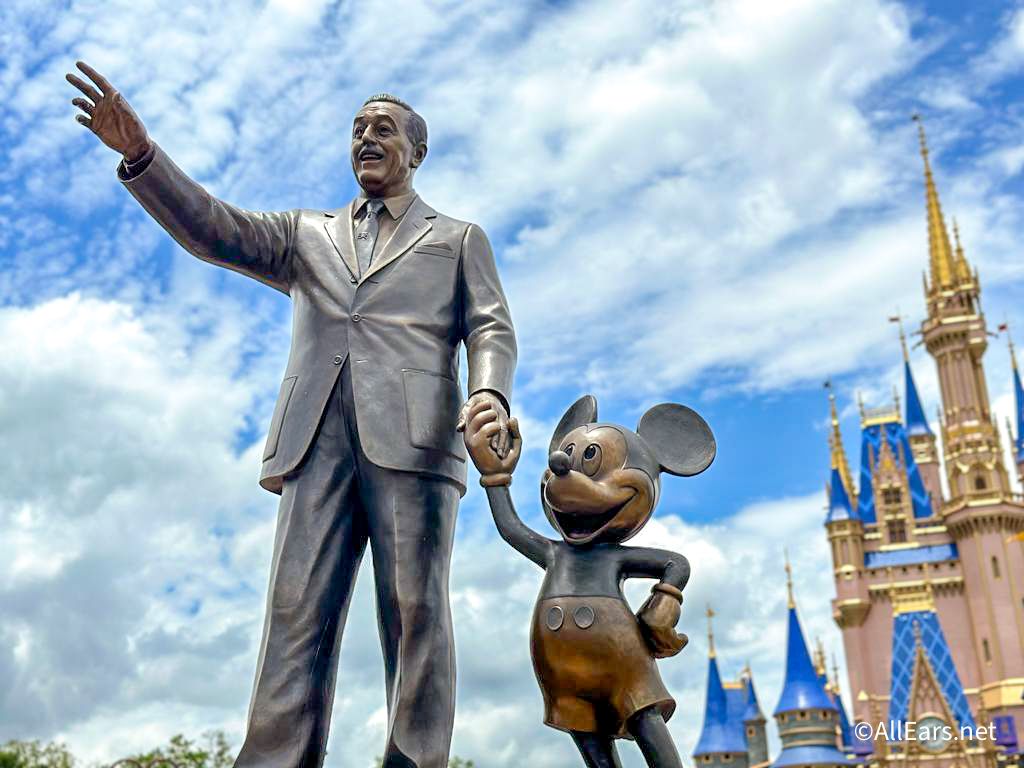
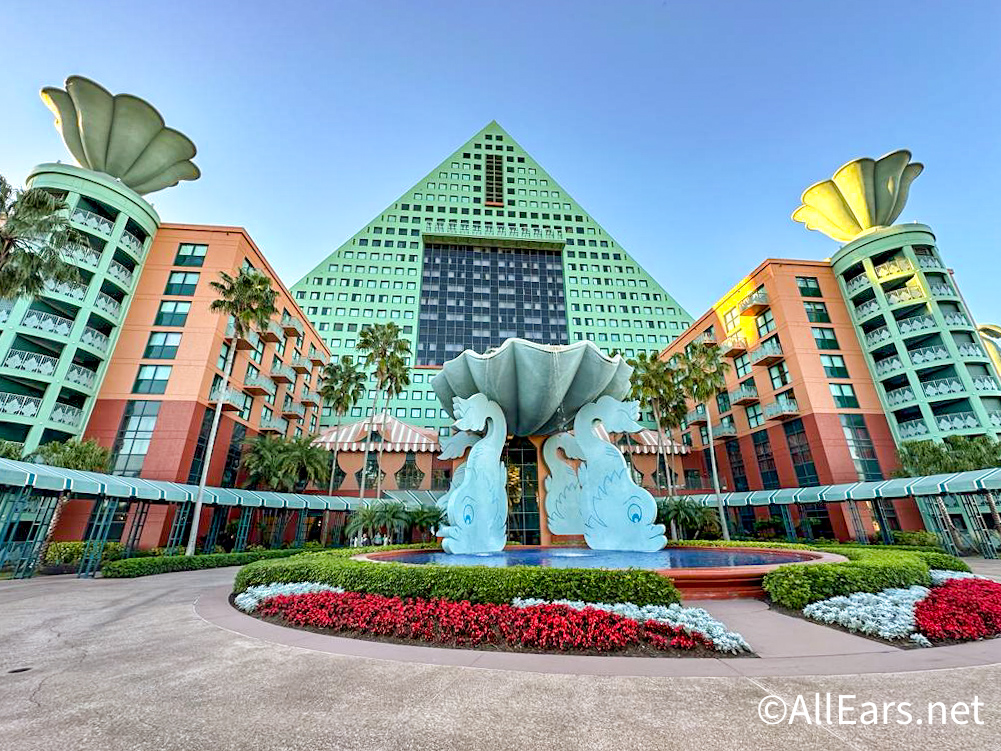
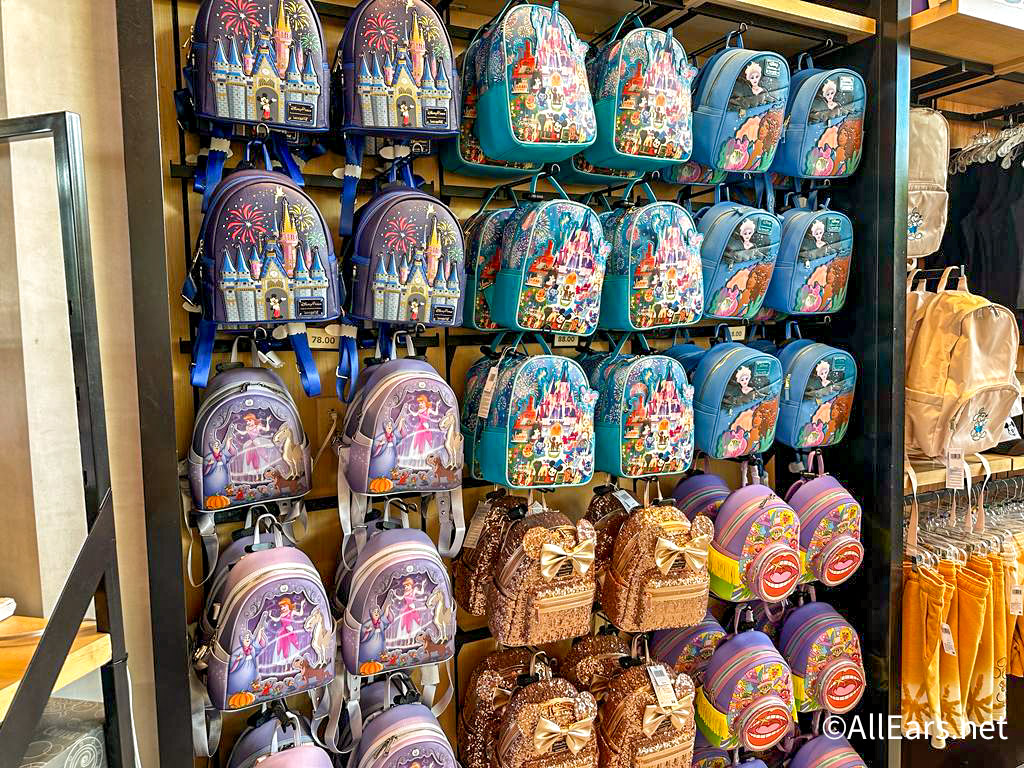
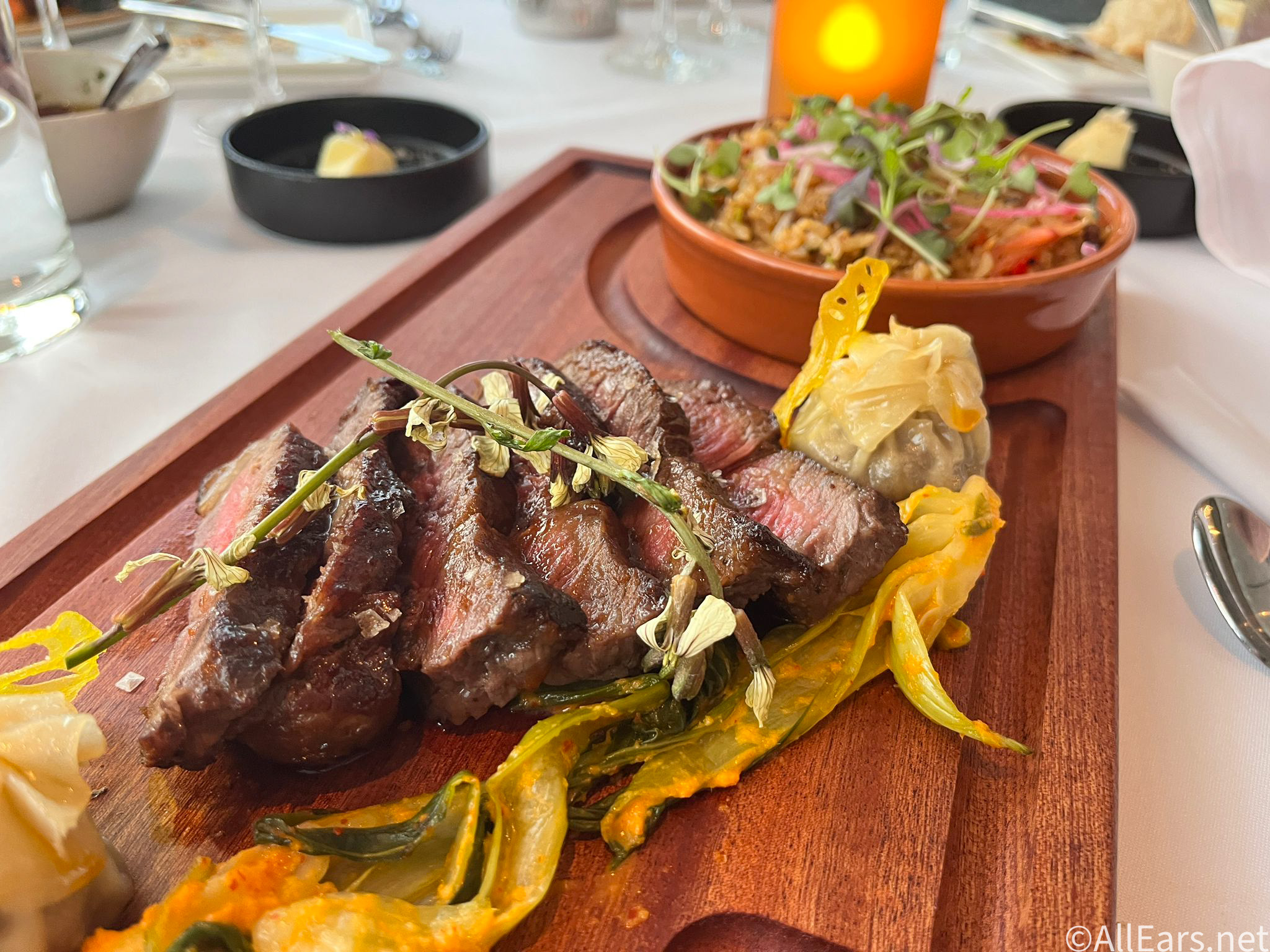

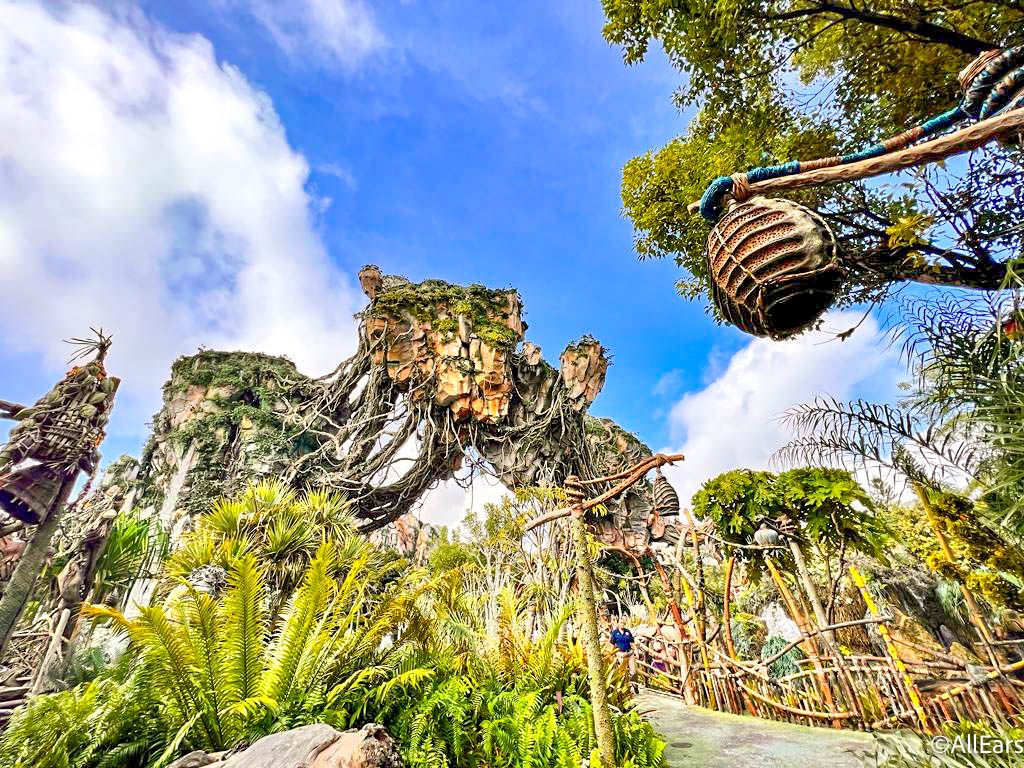


Trending Now
An iconic EPCOT ride got a bit of a refresh recently!
What's become of Hollywood Studios' opening day attractions?
From time to time, rides and attractions are taken out of production temporarily for various...
We're digging into Disney World's Magic Kingdom expansion plans!
Here are some Disney household items on sale right now from Amazon!
We found your perfect Hollywood Studios tee.
One of Disney World's parks is about to celebrate a NEW milestone soon and they're...
One Disney World park is about to celebrate a big milestone!
A look at all the new Pixar Fest souvenirs and merchandise with prices for 2024!
There's a NEW roller coaster coming to Epic Universe in Universal Orlando, and we've got...
These Disney World restaurants needs some TLC.
We're rounding up the best souvenirs in Magic Kingdom's Tomorrowland!
We're a little surprised that these ride trends haven't changed in Disney World yet!
Don't mess with Disney World -- or at least, that's how fans are feeling hearing...
Let's talk about some Criminally Underrated EPCOT hotels!
It's Gemini season, and for all our Geminis, here are some Loungefly bags that are...
We are checking out seven fancy restaurants that are hidden in Disney World hotels!
These 2000+ piece Disney LEGO sets are NOT for the faint of heart...
If you're visiting Disney World in the rest of 2023, here are the park hours...
We are wishing you a very merry Unbirthday, and wanted to share some gifts you...